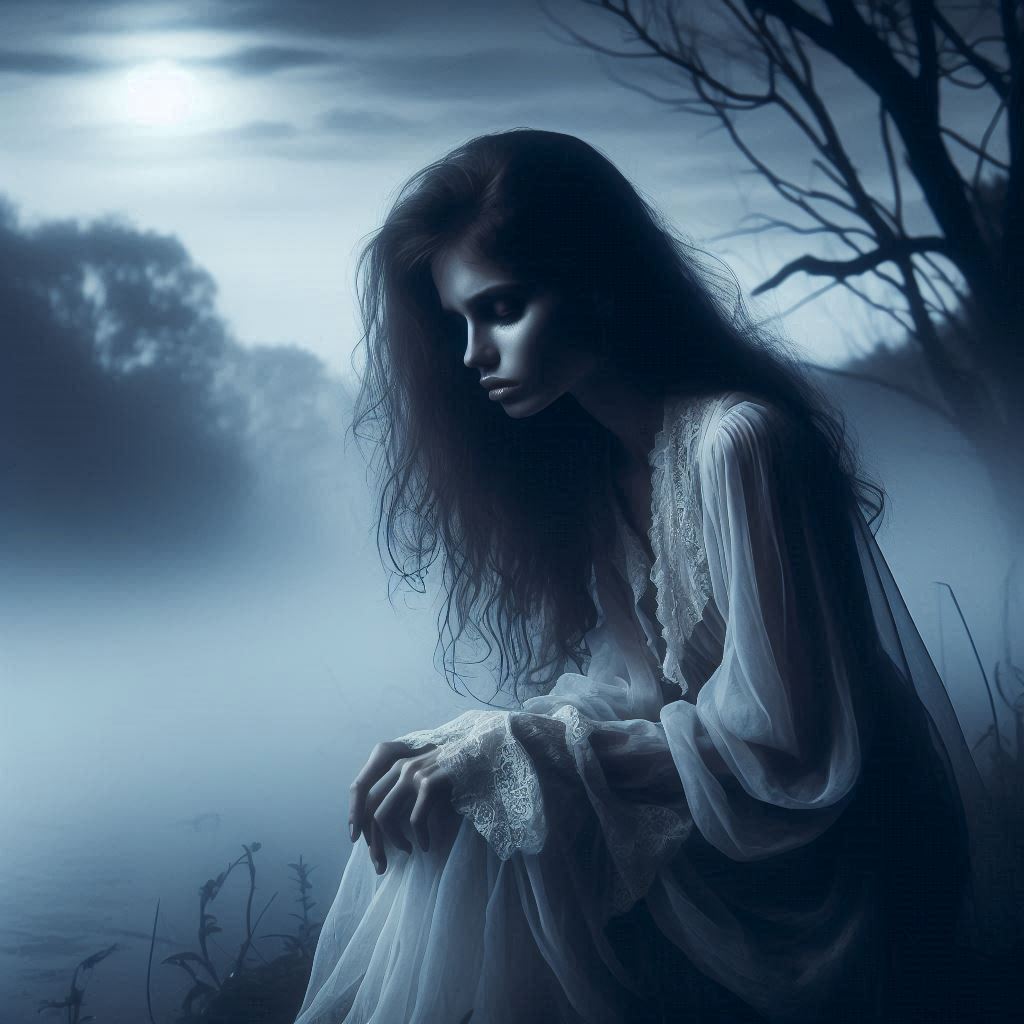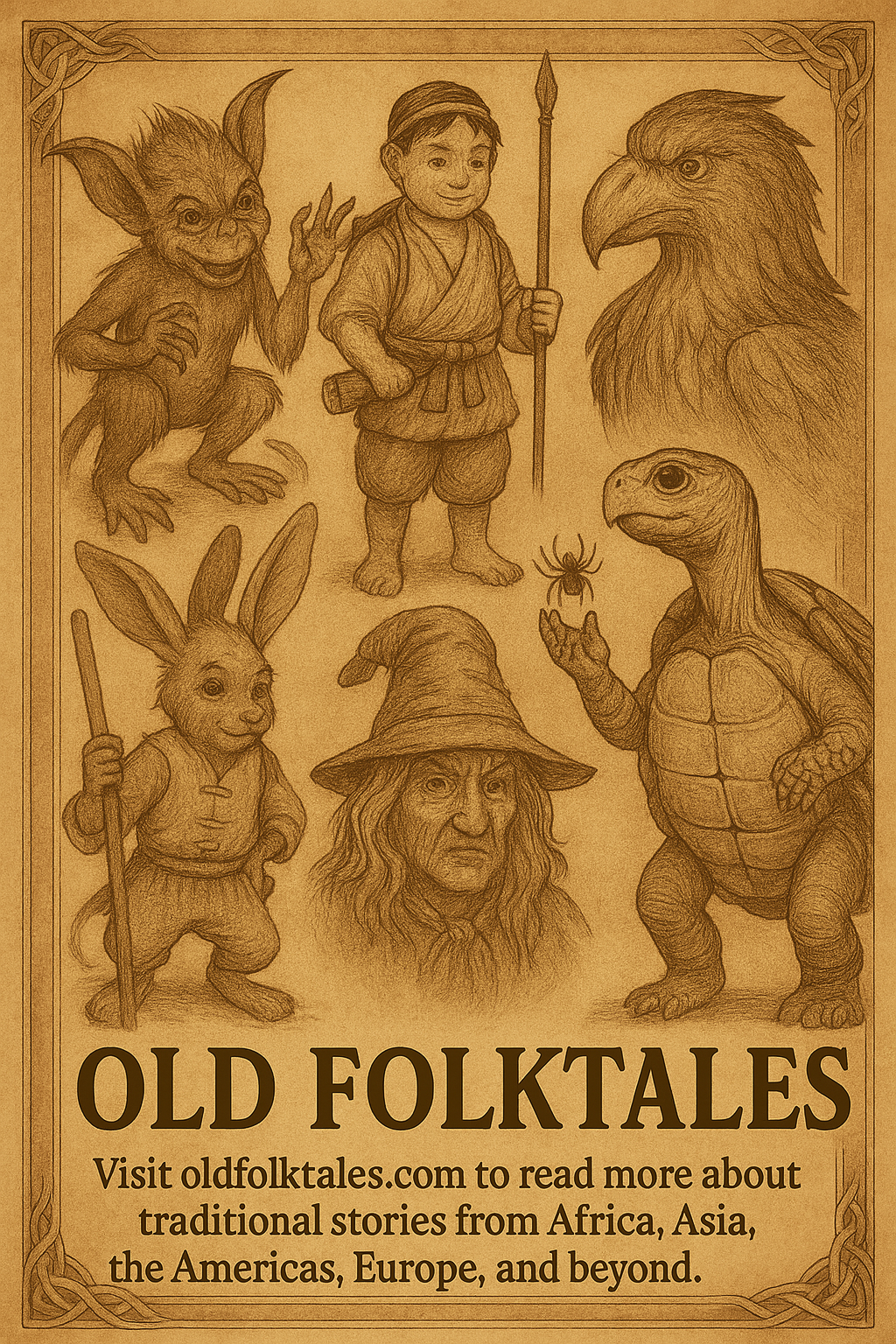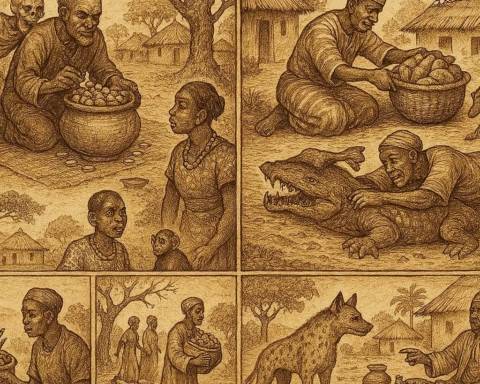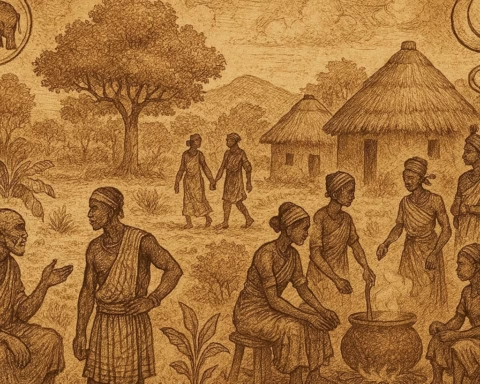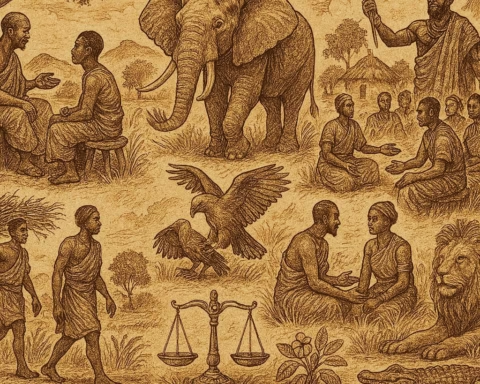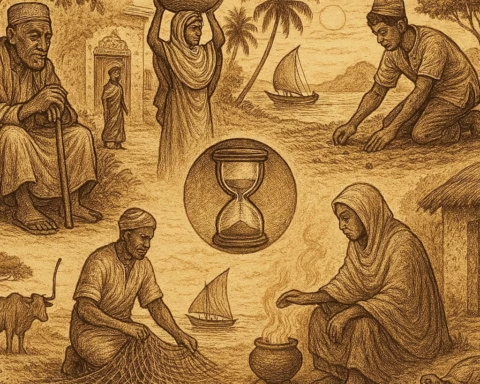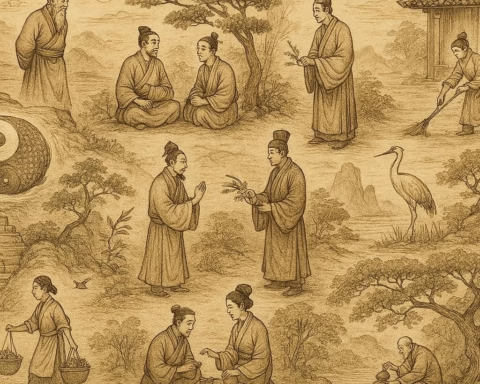The Beautiful Girl from the Village
Maria lived in a quiet Mexican village surrounded by rivers and mountains. She was known far and wide for her beauty. Her long black hair, soft eyes, and graceful walk made even the wealthiest travelers stop and stare. However, Maria was not content with admiration. She dreamed of marrying a rich man who would lift her out of poverty.
The Nobleman’s Promise
One summer afternoon, a nobleman rode through her village. He wore fine clothes and carried himself with pride. When he saw Maria, he smiled and spoke gently. Day after day, he returned. They walked under the trees, shared stories by the river, and laughed together. Eventually, he promised her a better life. He married her in private, far from his proud family’s eyes.
In time, Maria gave birth to two sons. At first, the nobleman visited often, showering her with gifts and love. Yet after a few years, his visits grew less frequent. When he came, his attention was on the children, not on her. One day, Maria saw him in a fine carriage with another woman dressed in silk and jewelry. He did not even look at her. Her heart broke in silence.
The River of Sorrow
That night, the wind howled through the village. Clouds covered the moon. Maria took her two sons and walked to the river. Tears filled her eyes as painful thoughts flooded her mind. She felt abandoned, unloved, and forgotten. In that moment of rage and despair, she pushed the boys into the water.
The river swallowed them quickly. Their cries disappeared under the current. When her fury faded, a wave of horror washed over her. She screamed their names and rushed into the water, but it was too late. The children were gone.
Days later, villagers found Maria by the riverbank. Her hair was tangled. Her dress was soaked. Her voice was broken from crying. She refused food, ignored prayers, and spoke only to the wind. She died alone with her grief, her soul forever tied to the water.
The Wailing Woman Returns
From that day on, villagers began to speak of a woman in white. She wandered the river at night, crying out for her children. Her hair covered her face, and her feet never touched the ground. Her voice echoed across the water. “Mis hijos, ¿dónde están mis hijos?” they heard her weep. “My children, where are my children?”
They named her La Llorona, the Weeping Woman.
Her presence was always followed by cold wind, the sudden rise of the river, or strange noises in the dark. Children claimed they saw her shadow by the water. Some disappeared after venturing too close at night. Mothers warned their little ones, “Do not play by the river after dark, or La Llorona will take you with her.”
The Power of Regret
Many believe La Llorona is not just a ghost, but a warning. Her story shows what happens when sorrow turns into anger. She became a symbol of lost chances, broken dreams, and deep regret. Her cries remind people of the pain that follows when we allow emotion to overcome reason.
Even today, near rivers and lakes across Mexico, people claim they have heard her cries. They believe she still searches, not just for her children, but for peace. Her spirit remains, bound to the earth by one mistake that cannot be undone.
Moral Lesson
The tale of The Cry of La Llorona reminds us that actions taken in moments of anger can bring lifelong sorrow. Maria’s story teaches that regret follows those who act without thought, and even love can be destroyed by pain. Her haunting voice continues to warn all who listen that some mistakes cannot be reversed.
Knowledge Check
- What is the main message in the folktale “The Cry of La Llorona”?
The story teaches that decisions made in anger can lead to deep regret and that sorrow may last beyond death. - What caused Maria to become the spirit known as La Llorona?
She drowned her children in a moment of heartbreak and, after realizing her mistake, died in sorrow, becoming a wandering ghost. - Why do parents use the story of La Llorona to warn children?
They tell it to keep children from playing near rivers at night, warning that the ghost might mistake them for her lost sons. - What does La Llorona cry out in the story?
She weeps, “Mis hijos, ¿dónde están mis hijos?” which means “My children, where are my children?” - What events led to Maria’s sorrow in the folktale?
Her husband abandoned her, showed love only to their children, and later returned with another woman, which broke Maria’s heart. - What makes La Llorona a ghost spirit in Mexican folklore?
She is a restless soul who wanders waterbanks, searching for her children, driven by grief and a mistake that she cannot undo.
Cultural Origin: This story comes from the deep oral traditions of Mexico, where the tale of La Llorona has been passed down for generations as both legend and warning.
